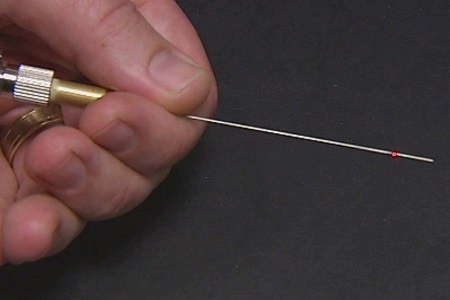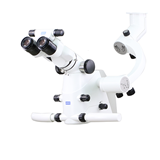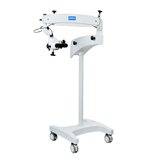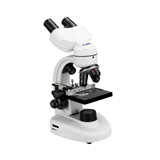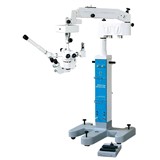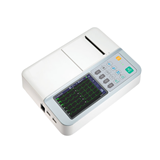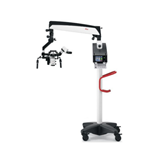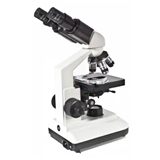The breakthrough technology, developed by researchers at the University of Western Australia (UWA), is perfecting microscopic resolution to aid surgical intervention – by putting a microscope inside a standard hypodermic needle to enable 3-D scanning.
In principal, it should allow surgeons to locate very small tumour elements, avoiding the need for further surgery and improving the prognosis of the patient – especially those suffering from breast cancer, according to UWA's Associate Prof Robert Laughlin.
Detecting cancer on the boundary
"The goal of our research has been to make something to help the surgeons so that, during surgery, they can make sure they're getting all the cancer out," he said.
"About one in four women who go for a lumpectomy – so that's where you take out the cancer and leave the rest of the breast – have to go back for more surgery because there are some cancer cells left in there."
The device would be especially useful for surgeons wanting to examine the edge of an area being operated on to make certain no cancer cells have been left behind, said Prof Christobel Saunders, surgeon and breast cancer specialist at the Royal Perth Hospital.
"Tumours can produce very small areas just outside the main tumour mass that we simply can't see or feel," she said.
"We really can see at a microscopic level where there is tumour. So it's almost like an ultrasound picture, but at a microscopic level.
"The idea of this microscope in a needle is that we will be able to detect those at the time of surgery, and more effectively perform surgery."
Safer brain, lung biopsies
The device also holds exciting potential for the detection and treatment of brain and lung disease, said Associate Prof McLaughlin.
"We've recently started working with a neurosurgeon in Toronto who's taking brain biopsies," he said.
"We're building the microscope into his biopsy needles so that he can take safer brain biopsies in neurosurgery.
"If we can understand what's going on in the lungs with diseases like emphysema then maybe we can help scientists develop better drugs to treat those sorts of diseases."
The microscope in a needle was developed by a team from UWA's Optical + Biomedical Engineering Laboratory, in collaboration with clinicians from Royal Perth Hospital and Sir Charles Gairdner Hospital, and with support from Cancer Council WA and the National Breast Cancer Foundation.
The finalists in the awards were announced last week by the Department of Premier and Cabinet.
The awards are administered by the Department of Commerce with support from Mitsubishi Corporation, Woodside, Amcom, Cisco, Perth Convention Bureau, Watermark Intellectual Asset Management, Wrays, PricewaterhouseCoopers, and Hatch and Murfett Legal.
The winners will be announced at an awards ceremony on 5 November.

